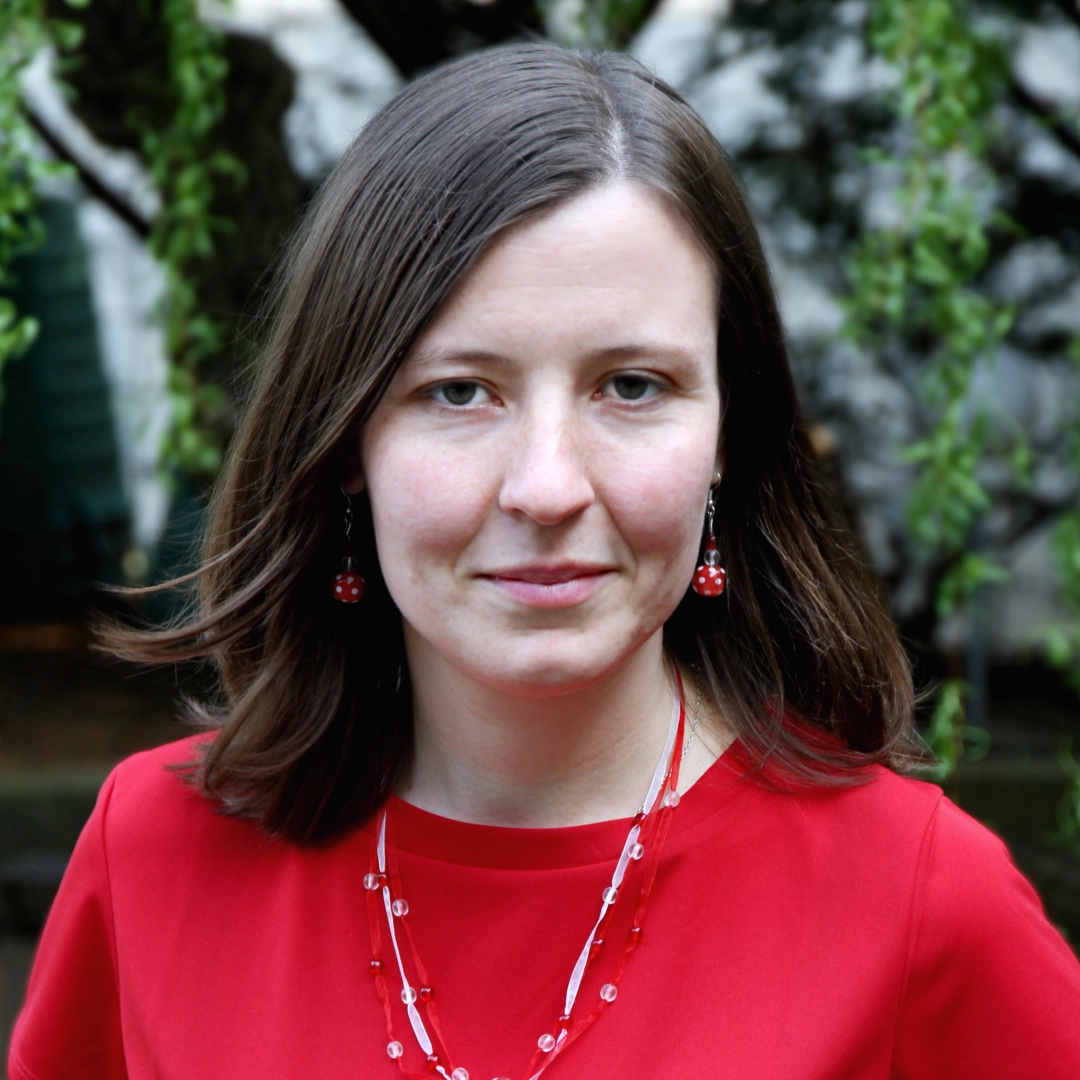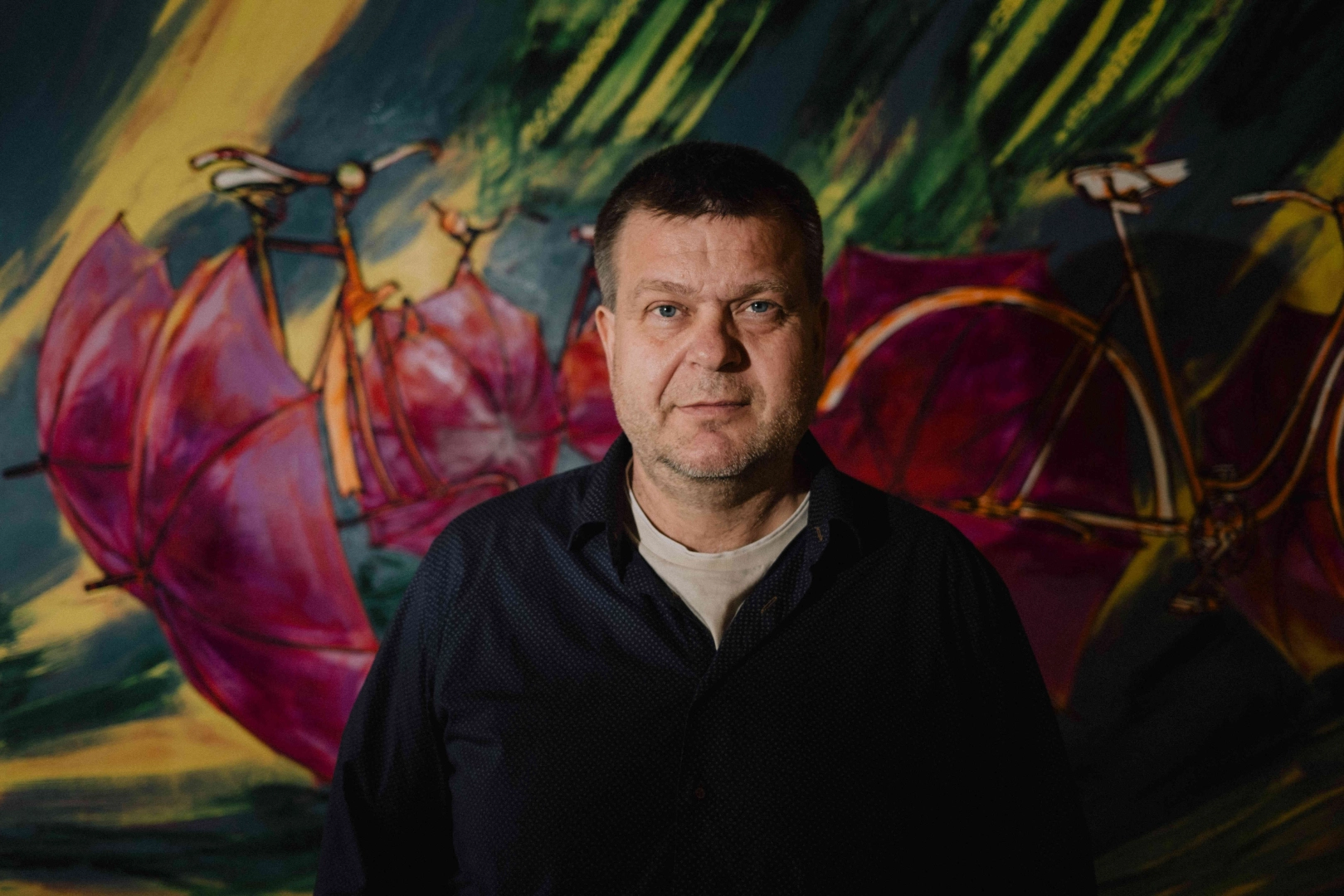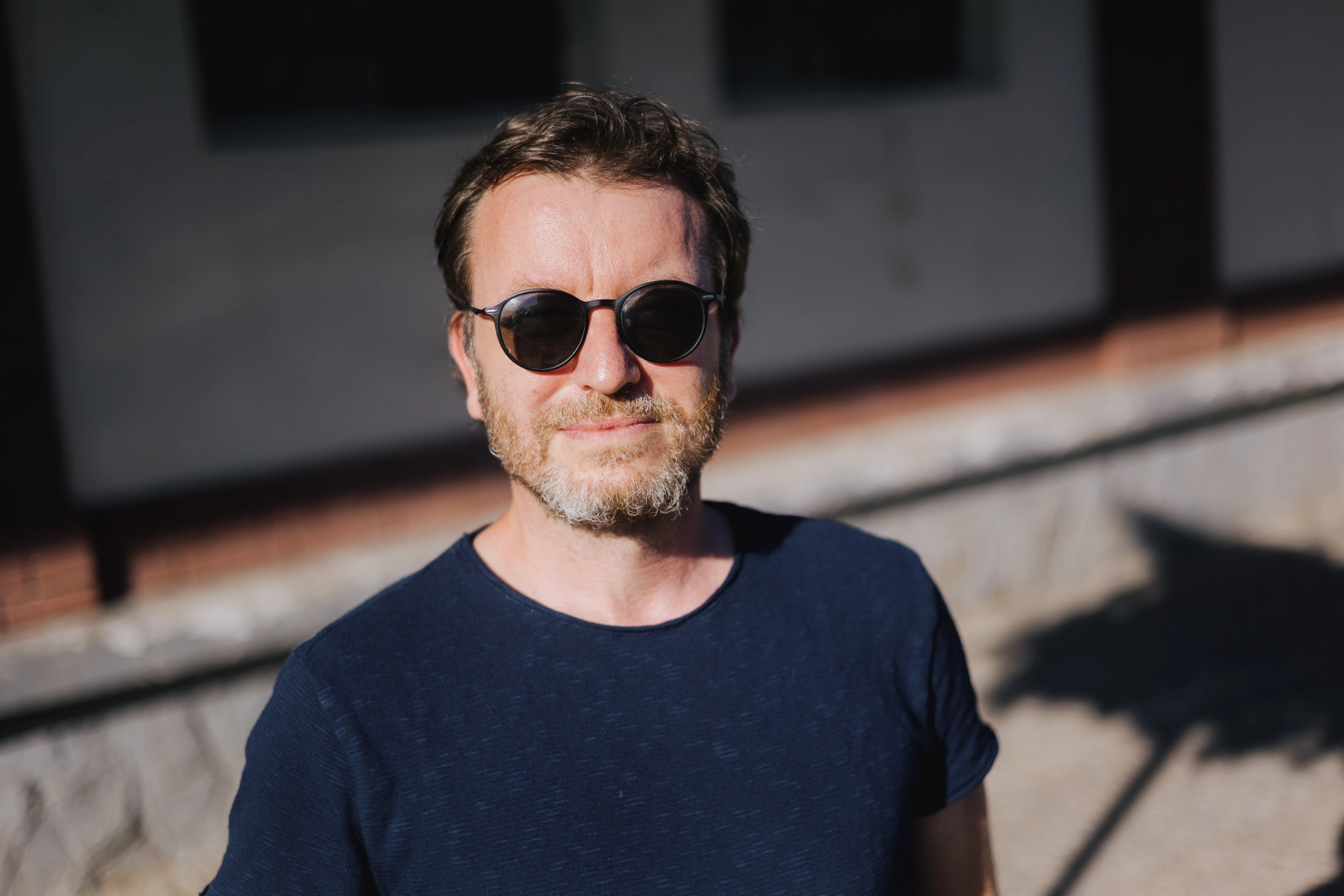Michaela Režová is a filmmaker who finds inspiration for her work in sports, and especially in the human stories that lie behind it. Her search for forgotten fates also led her to Zdeněk Němeček, who became famous as a creator of sculptures of athletes. His work will be featured in an exhibition at the UM Gallery. This will be complemented by a presentation of works by artists inspired by sports themes, in partnership with Sport in Art. On Thursday, June 6, at 6:30 PM, the exhibition at the UMPRUM Technology Center on Mikulandská Street will showcase artists such as Jakub Bachorík, Jitka Petrášová, David Mazanec, and others.
KH: Sports and art are two worlds that are in many ways distant from each other, yet they have always attracted and interconnected. What fascinates you as an artist about sports?
MR: I have always been attracted to the specific colorfulness, rhythm, and graphic design of old sports magazines such as Stadion, the visual aspect of old Olympics like Mexico 68 or Tokyo 1964, as well as old sports jerseys, photographs, and documents. I have a lot of different sports print archives at home, such as magazines and books. And since I am primarily a filmmaker dedicated to animated film, it is probably also a fascination with movement, rhythm, and its possible translation into film. This visual appeal also activates a deeper interest in the individual stories behind the tables of results and records. I am interested in the fates of individual athletes and stories where sport influences society, culture, politics, and vice versa.
KH: How does sport manifest itself in your own artistic work? What inspires you about it?
MR: A long time ago, I captured sport through illustrations – hockey, boxing, such pop culture images. But I started looking for something deeper, and through my graduation film "The Hunt," I also got to the fates of hockey players from the Modrý and co. case from 1950, and thus to other stories, including the sculptural sports work of Zdeněk Němeček, which became the subject of my next film. Sport is therefore more of a framework that offers me a range of interesting stories and fates. Sport has been reflected in my work since about 2015, so I also feel that in the next period I need to focus my attention elsewhere, as the production of an animated documentary takes a very long time and is very demanding...

MR: Zdeněk Němeček's work was brought to my attention by a sculpture of a hockey player in front of a sports hall in Holešovice. When I later read only fragmentary information about the sculptor, including that he was a communist who committed suicide, it struck me, and I began to investigate his fate further. It seemed too black and white, simplifying, and condemning. Through further research, interviews, and archives, a fairly vivid picture of the sculptor began to emerge for me—a man with a great passion for capturing sports and the Olympic idea, but also a husband, father, lover of folklore, friend, a person who led a life at a certain time and made certain decisions. His work deserves attention and cleansing from a number of labels. I consider some of his creations to be masterful, and I am pleased that I have come so close to them.

KH: You are currently working on a film dedicated to Zdeněk Němeček titled "I Will Win." Could you please briefly introduce it to us?
MR: Throughout the development of the film, which I began to focus on intensively at UMPRUM during my doctoral studies focused on oral history and maintaining an authorial approach within the animated documentary, I balanced between the intention of conveying to the audience my fascination with artistically valuable works with a sports theme and bringing Němeček's life story closer. Němeček's personality and work are fascinating for some, and at least controversial for others. It must be acknowledged that since 2016, his legacy has been partially rehabilitated. The Czech Olympic Committee initiated the publication of a monograph on the sculptor, his works have appeared in numerous exhibitions dedicated to sports, and several texts have been published about him. However, after several years of development of the animated documentary, animation experiments, several versions of the script, presentations, and awards at international pitching and co-production forums, I encountered a strong and decisive rejection. My intention to create a short animated documentary centered around Zdeněk Němeček's sports sculptures is highly problematic for the State Fund for Cinematography. The subject of the film was not supported twice, with a clear message that films should not be made about such people... However, my research and intended film have always been primarily a path to understanding an artistic work that was created outside our ideology and time. Thus, the idea emerged to transform my current work into a multimedia exhibition and present several dimensions and perspectives that can be read in the context of Němeček's work. I believe that the "Art of Movement" exhibition will be not only another piece in the possible rehabilitation of Zdeněk Němeček's work but also a tribute to the work of those who have left their mark and footprint on the project over the years. And the film? Maybe we'll make it another time.

KH: As part of the accompanying program of the exhibition, there will also be a presentation titled "Sport in Art – Art in Sport," which introduces artists who focus on sports themes in their work. What will be the format of such a lecture, and which of the speakers would you highlight as particularly interesting?
MR: It will be an evening of presentations by artists who touch on various sports disciplines in their work using various artistic techniques. The event is organized in collaboration with Sport in Art. It will have a format similar to Pecha Kucha, but without time limits and a limited number of slides, simply without stress. Together, we will delve into their motivations and sports fascinations. I am personally looking forward to Jakob Bachorík and his involvement with motorsports, which he has been interested in for a long time. His print "Rally Šumava" has been hanging in my home for a while, and now he has a new series of silkscreen prints. But I am also excited about Jitka Petrášová. Her paintings have long attracted me with their vividness and wildness. It will be a diverse and interesting evening.
KH: What other events with a sports theme are being organized at the Academy of Arts, Architecture and Design? I believe there are, for example, football tournaments...
MR: The UMPRUM Football Tournament will take place on Strahov for the third time this year. It is a student initiative, but as part of the accompanying program to the exhibition, we have prepared an event titled "Green is the Grass, Football is the Game: Football in Visual Art" on the eve of the tournament, Thursday, June 20. Attendees can expect a lecture by art historian and director of GAVU Cheb, Marcel Fišer, who will speak about the broader context of depicting football matches and sports motifs in visual art, as well as a series of mini-lectures related to football from personalities teaching or studying at UMPRUM. Speakers will include Petr Babák, Roman Brychta, Michaela Kukovičová, Benjamin Horváth, Jakub Plachý, Tadeáš Polák, Vojtěch Šeda, Michaela Doležalová, Ondřej Vyhnánek, and Jana Hrušková. This event is also organized in collaboration with Sport in Art.
As part of the accompanying program, I would also like to highlight two screenings of the documentary film "Olympic Interlude" by Haruna Honcoop (2023). One will be a pre-premiere screening at the cinema at UMPRUM, and the other will be at the Strahov Stadium. The film addresses the impact of the Olympic Games on their host cities and will be followed by a discussion with the director.
We have a lot of accompanying events, and you can find all the information neatly organized at www.umeni-pohybu.cz.

Michaela Režová is a filmmaker who focuses on animated documentaries with implications for history, society, and sports. She is a graduate of the Academy of Arts, Architecture and Design in Prague, where she is currently pursuing doctoral studies and teaching in the animation studio. She is the founder of the platform f-a-t.cz, which brings content from the world of animated film.





